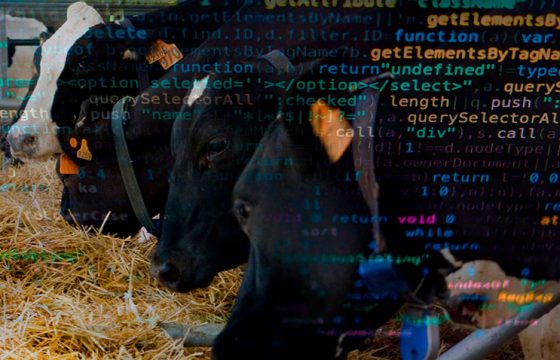Success stories about Mastitis in dairy cows: Changing the paradigm in Uruguay
Cheese-producing dairy farm “TAMBO QUESERÍA” is located in the departament of Soriano (Uruguay) in the Santa Catalina area that today is milking 79 cows and has been doing the same for 45 years. They started with 10 cows and currently milk up to a maximum of 120.
Interview with Nerey Courdin (Uruguay)
“I’m avoiding the cost of antibiotics and discarding milk due to vaccination. Treating my cows was much more expensive.
. . . . . . . . . . . .
What concerns you most about having mastitis on your dairy farm?
Several things concern me. First of all, the issue of losing cows, which are often very good cows and which end up being sold at a young age.
Also, if there is a high level of somatic cells, the cheeses swell up, become misshapen and loose their value, which is a great economic loss.
Just having one cow with soft mastitis, which I regard as environmental, is enough for the whole vat to be wasted because the curds swell up and that’s no use.
I don’t like giving milk with mastitis to my calves as this will certainly result in calves which, when they become dairy cows, will have mastitis.
How long ago did you start to vaccinate? What led you to take this decision?
I knew that I had Staphylococus Aureus and it was driving me crazy treating cows without any success. Not only was the situation not getting any better, but it was getting worse and worse.
I was desperate as it was so much work to treat the cows without any result, I was fed up.
Three years ago, a nearby producer told me about the existence of a vaccine against mastitis in dairy cows and truth to tell, I was very interested as I needed to find a solution to my problem.
What did you think when you found out that there was a vaccine to prevent mastitis?
I thought that I would try it and that hopefully, it would be the solution to my problem.
What made you decide to use it?
In reality, I had nothing to lose by looking for another type of solution as I had already tried everything without success.
And it has always seemed to me that prevention is a good thing and so I decided to give it a try.
What were the main benefits of vaccination, both in terms of the quality of the product and in economic terms?
Since I started, I have vaccinated all the animals, apart from those cows that I know I am going to ship out, and sometimes I go 3 or 4 months without having to treat any of them.
This is a lot of money as I am avoiding the cost of antibiotics and of discarding milk. Even though everyone says that the vaccine is expensive, I have always thought that it was much more expensive to treat cows.
The vaccine is paid for simply by the cows that I no longer have to treat or the reduction in the number of cases of clinical mastitis in dairy cows. But in addition, cows with a high cell count produce less milk and this is also a huge economic loss.
If I treat 10 cows per month (which was what I was having to do before vaccination) I spend 3 times as much as I invest in vaccinating. The elimination of cows has decreased significantly.
What would you say to someone who doesn’t know whether to start vaccination for the prevention of mastitis in dairy cows?
First of all, I would say that they should go ahead and vaccinate and that they should calculate how much the antibiotics and discarded milk cost them when they need to treat their cows.
On the day of my visit to hear the testimonial, I was also there to perform a CMT to find out the level of udder health of the animals as they do not have a monthly cell count.
There were no cows receiving treatment for clinical mastitis on that day and the 3 that had been treated and were being held back, were examined and found to be healthy.
The percentage of healthy or CMT-negative animals in the herd was 84 %, a figure which is above the ideal target of 80 %.
We’d like to thank “Tambo Quesería” for sharing their experience with us. See you all soon with more experiences and technical information about mastitis in dairy cows!



